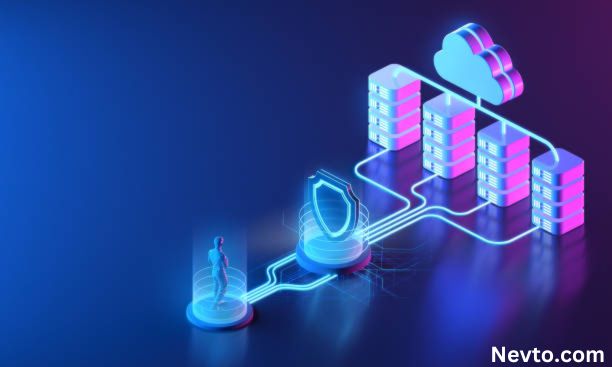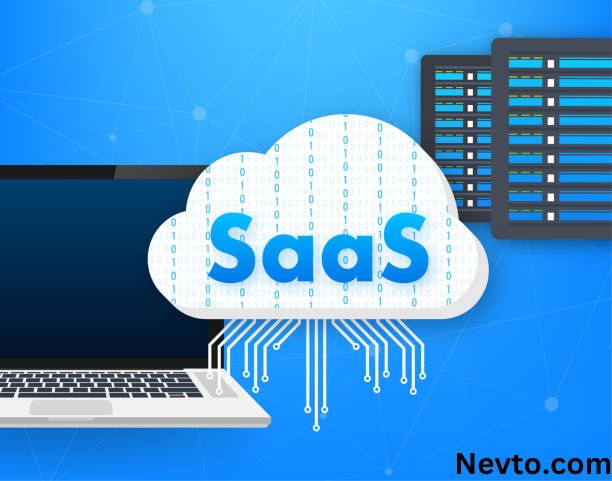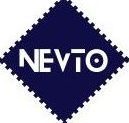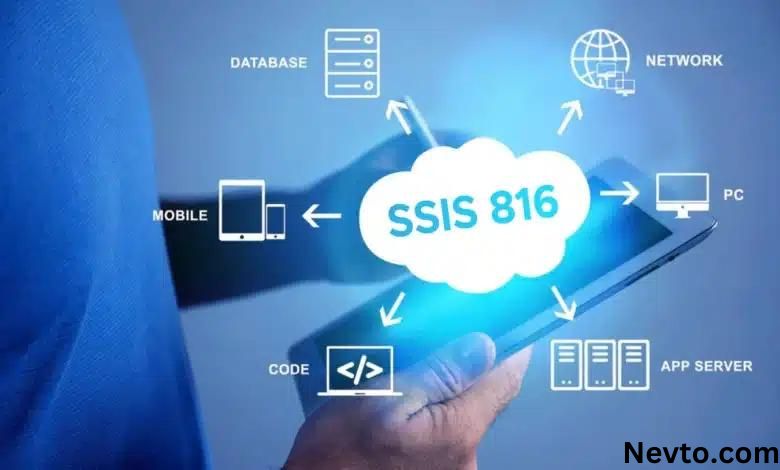Microsoft SSIS 816 in Depth & Simple
SSIS 816 (SQL Server Integration Services 816) is the latest version of Microsoft’s data integration and ETL platform. Released in 2023, SSIS 816 builds on previous SSIS versions with significant scalability, performance, debugging, and cloud integration enhancements.
It provides a visual design environment and components for building complex data workflows to ingest, transform, and load data between a wide variety of sources.
Purpose and use cases for SSIS 816
The essential purpose of SSIS 816 is to empower IT groups and facts engineers** to extra easily combine big volumes of information from numerous sources, each on-premises and within the cloud.
Typical use cases include:
- ETL (extract, transform, load)
- Data warehousing
- Cloud data integration
- Supply chain integration
- AI and machine learning data pipelines
With scalable distributed execution and *built-in data quality functions, SSIS 816 handles these workflows with high throughput and low latency. Read Zoomée: The Future of Connection
II. Key Features of SSIS 816
Scalability enhancements
SSIS 816 introduces a new scale-out execution model that distributes workloads across multiple nodes, providing linear scalability for transforming terabytes of data. You can elastically grow your data flow as needed via Azure integration.
Improved performance
In addition to scaling out, SSIS 816 also speeds up single-node data flows with GPU acceleration and execution near data sources in the cloud. New components like the Change Data Capture splitter quickly process only updated records.
New connectors and components
SSIS 816 adds over 90 new connectors to cutting-edge data platforms like Databricks, Snowflake, and Delta Lake. Other new components like the Data Quality client improve and monitor data accuracy.
Enhanced debugging and logging
Troubleshooting large data flows is easier with data alerts, workflow metrics and histograms, and the ability to replay debugging sessions more granularly. Per data flow, logging offers unmatched visibility.
Cloud integration capabilities
In addition to new cloud connectors, SSIS 816 natively integrates with Azure services like Data Factory, Event Hubs, and Kubernetes for hybrid dataflows spanning on-prem and cloud. Deploy and monitor SSIS projects without SQL Server using Azure SSIS Integration Runtime

III. Implementing SSIS 816
Upgrading from previous versions of SSIS
For most customers, upgrading to SSIS 816 is relatively smooth since it maintains compatibility with older packages. You’ll need to recompile packages to enable scaling features. Staged migration helps here.
Installation and configuration
On-premises, SSIS 816 is installed via SQL Server. The new Integration Services Catalog stores executables. In Azure, you create an Integration Runtime service and deploy packages there.
Building SSIS packages with new features
The visual designer helps construct data flows using new cloud sources/destinations and scale-out transformations. Enable logging, metrics, data alerts, and debugging capture based on your auditing needs.

IV. Use Cases and Industry Applications
ETL workflow automation
SSIS 816’s enhanced scheduling, logging, and monitoring take the pain out of automating large ETL sequences across systems. Scale-out data flows ingest data 4-5x faster than legacy versions.
Data warehousing
For enterprise data warehousing, SSIS 816 offers pivotal features like changing data capture and slowly changing dimensions to propagate updates. The improved throughput populates data marts and analytics systems faster.
Cloud data integration
SSIS 816 makes migrating on-prem data warehouses to the Azure cloud smooth with native integration runtimes. It also shines for hybrid workflows bridging cloud data lakes like Databricks and on-prem systems.
AI and machine learning
With robust data preparation capabilities, SSIS 816 is ideal for productionalizing machine learning models by automatically feeding them trained data. It can also score data and route it based on model-predicted values. Read Compagnia Italiana Computer (CIC) – All about to know

V. Comparison to Other Tools
Informatica
Informatica offers robust cloud services, but requires proprietary infrastructure vs. SSIS 816’s Azure option. SSIS has cheaper licensing for smaller workloads.
Talend
Talend has rich data quality features but weaker scheduling and real-time abilities. SSIS 816 has narrowed the gap considerably with its new additions.
Azure Data Factory
As Azure services, SSIS and ADF are highly complementary with SSIS providing unmatched transformations and ADF offering no-code orchestration.
VI. Future Outlook
Emerging trends
We’ll see deeper convergence between SSIS and Azure services like Synapse Analytics as cloud data integration matures. There is growing demand from analytics teams for self-service data preparation capabilities.
Roadmap and new releases
Just announced, SSIS 818 focuses on improving usability with more low-code components, pre-built templates, etc. Another strategic priority is expanding AI recommendations and automation.
Industry adoption challenges
Though powerful, SSIS suffers from a reputation as overly complex. Competing low/no-code tools are threatening mindshare. Steep cloud migration costs also hinder adoption for large legacy systems. Microsoft’s working to fix this.

VII. Conclusion
Summary of key benefits
SSIS 816 represents a major leap forward with significantly faster scale-out data flows, deeper cloud integration, and expanded self-service capabilities. It strikes an optimal balance between low-code usability and advanced customization.
Final recommendations
For both cloud-first and legacy enterprises, SSIS 816 is an obvious upgrade, providing future-proof data integration critical to analytics and AI initiatives.
We highly recommend adoption by any organization with large, complex ET workflow needs especially those leveraging Azure cloud services.
Conclusion:
To summarize, SSIS 816 offers powerful and scalable data integration capabilities spanning on-prem and cloud sources. New features dramatically improve usability, monitoring, and distributed performance. Both legacy and emerging data workloads will benefit, powering vital analytics use cases. SSIS 816 is an easy platform recommendation as data volumes and complexity rise.

FAQs:
1. What are the key new features in SSIS 816?
Some major new features include scale-out distributed data flows, GPU acceleration, expanded cloud connectors like Databricks Delta Lake, enhanced debugging/logging, and tighter Azure cloud integration.
2. What benefits does SSIS 816 offer over legacy SSIS versions?
Over older versions, SSIS 816 enables integrating 4-5x more data thanks to linear scalability improvements. It also has faster single-node speeds via GPU optimization. Lastly, it has over 90 new connectors to modern data sources.
3. Is SSIS 816 compatible with my older SSIS packages?
Yes, SSIS 816 retains compatibility, so existing SSIS packages will continue to work after the upgrade. You’ll need to recompile to take advantage of new performance features.
4. What Azure services can I use with SSIS 816?
SSIS 816 works natively with Azure Data Factory, Event Hub, Kubernetes, and over a dozen other services. You can deploy and monitor full SSIS projects on Azure via the Integration Runtime service.
5. Is SSIS 816 easy to use for non-technical users?
Yes, the visual designers and configuration wizards make basic data integration achievable without coding. However, developers can still customize deeply using scripts if needed. It strikes a good low-code/pro-code balance.







